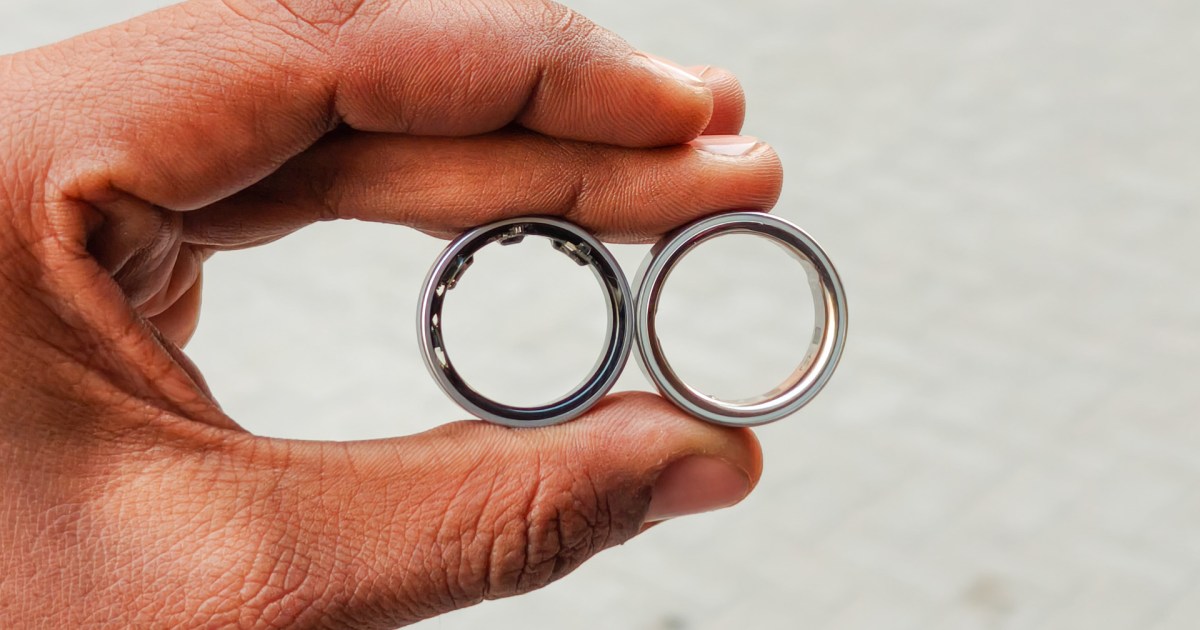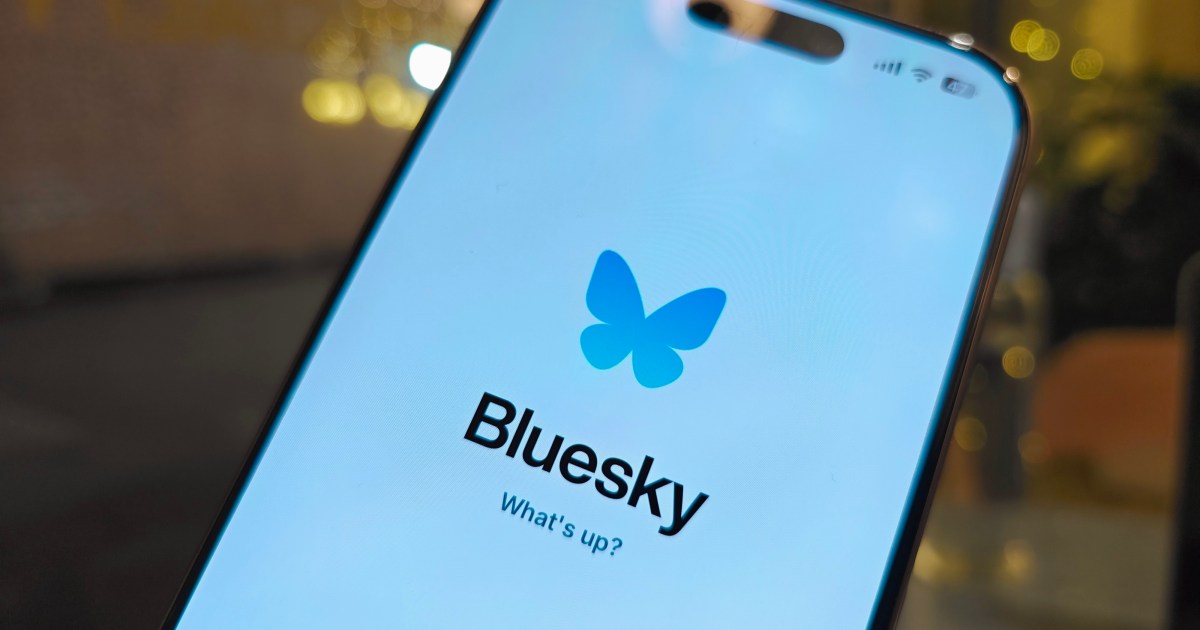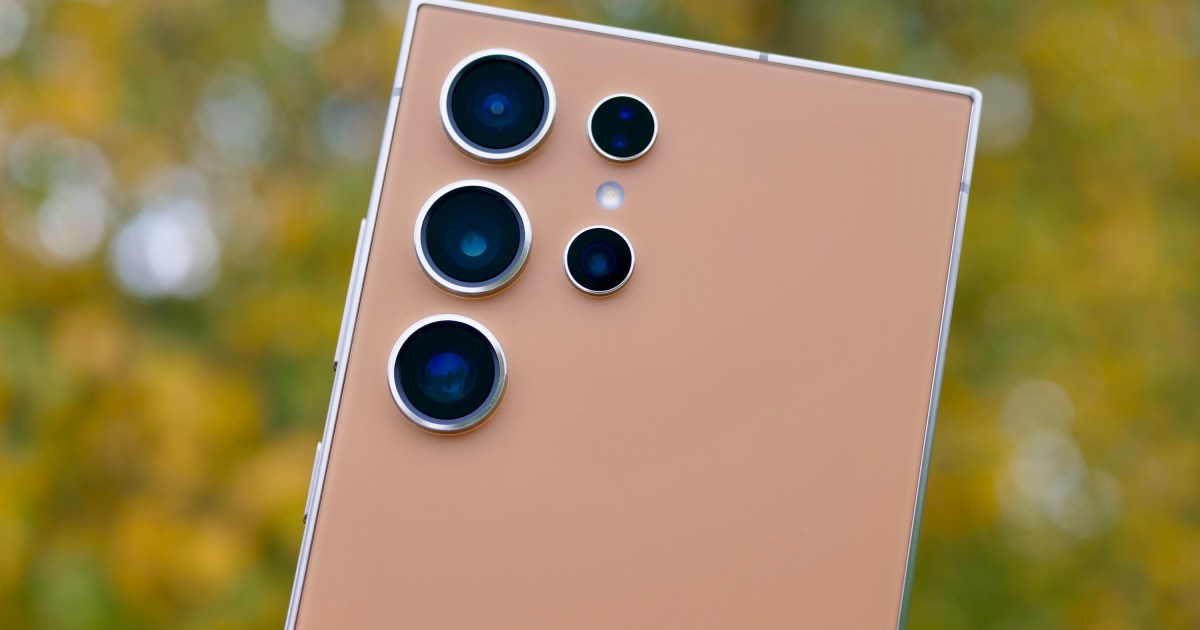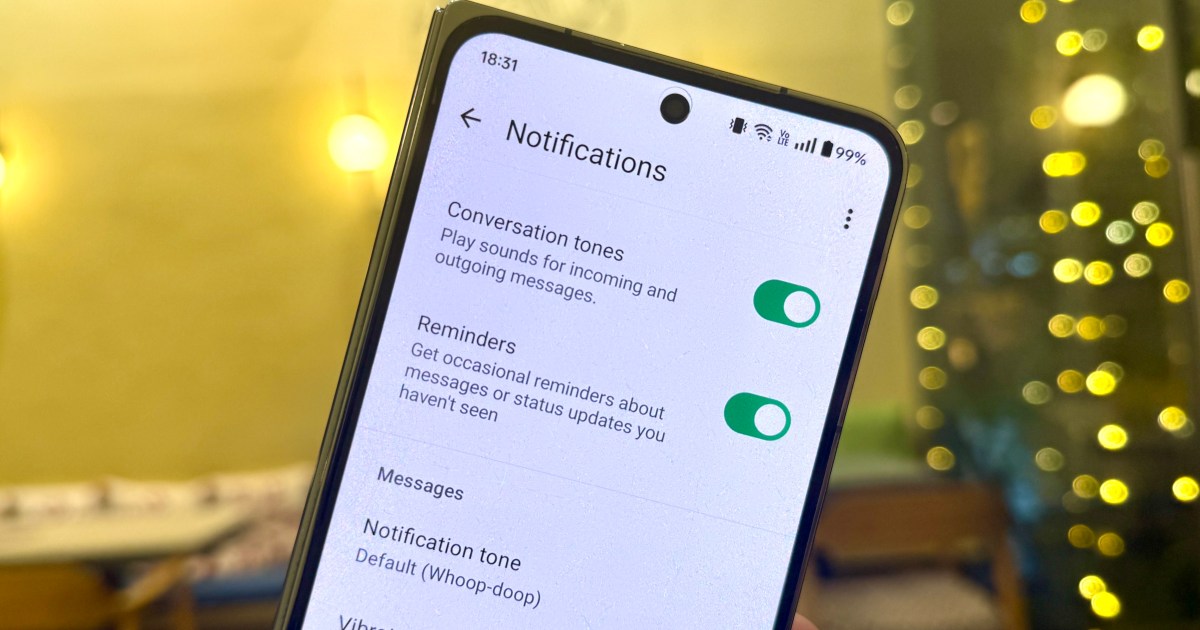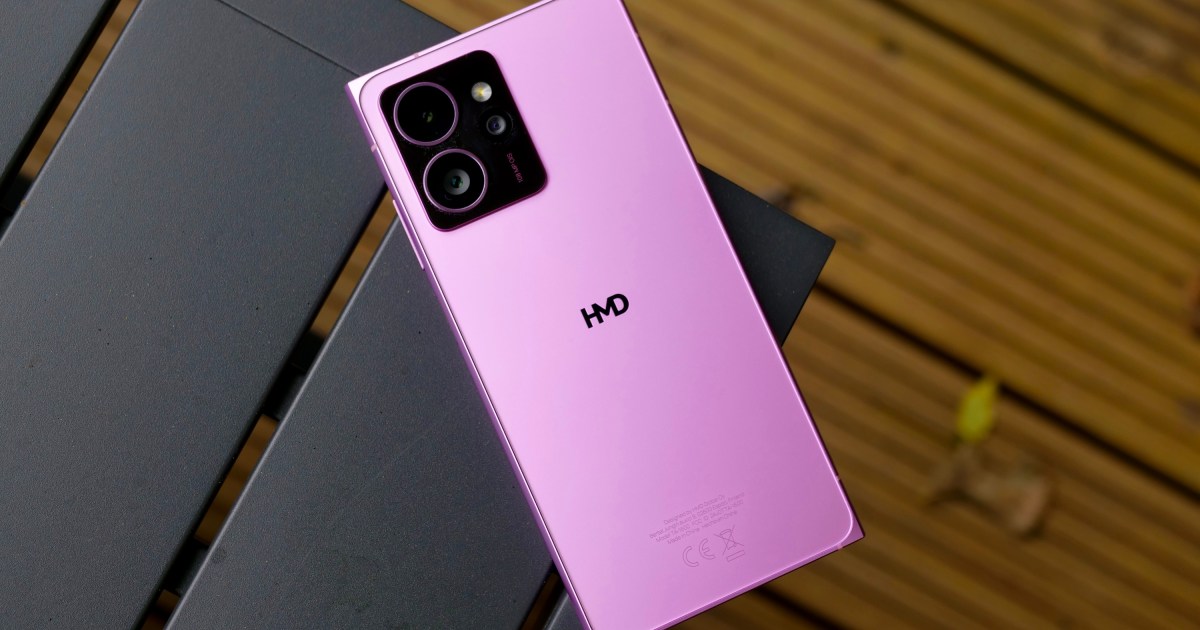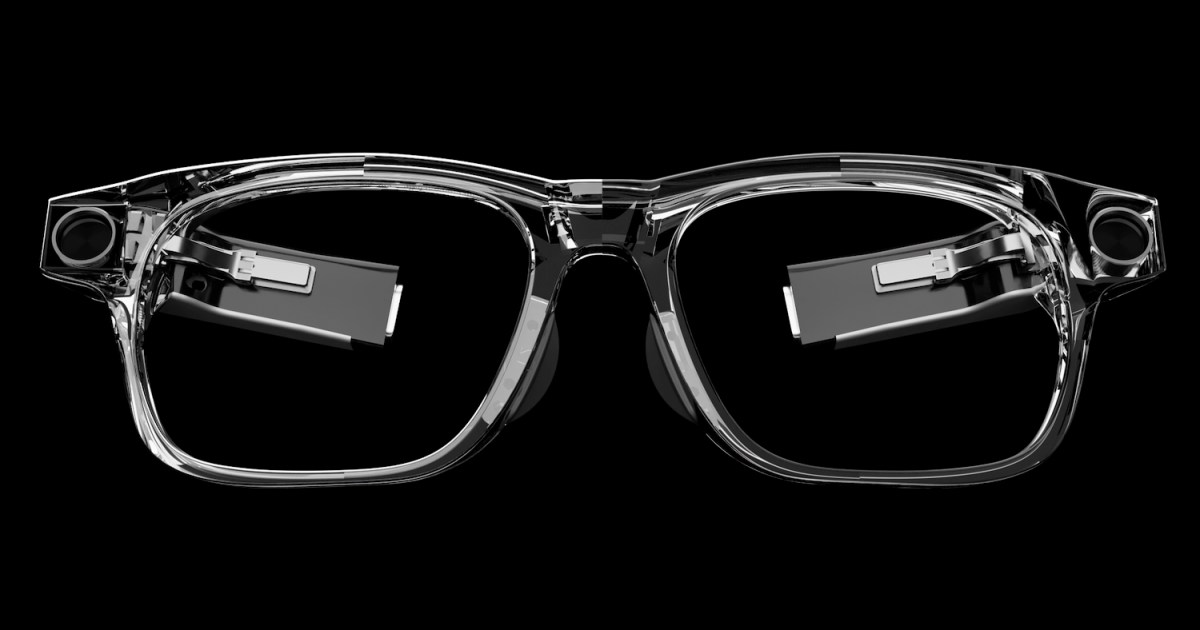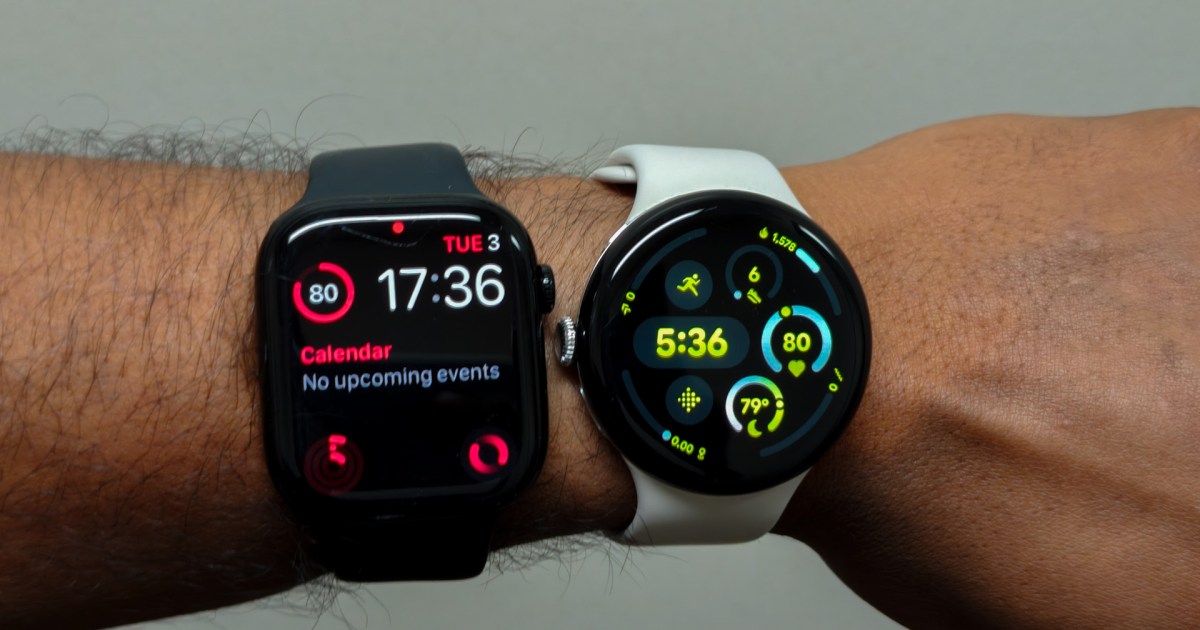Smart rings have rapidly become a popular choice in the wearable tech market. Oura, a long-time leader, now faces competition from brands like RingConn, Ultrahuman, Circular, and most notably, Samsung. This comparison pits the Oura Ring 4 against the Samsung Galaxy Ring to determine which smart ring comes out on top.
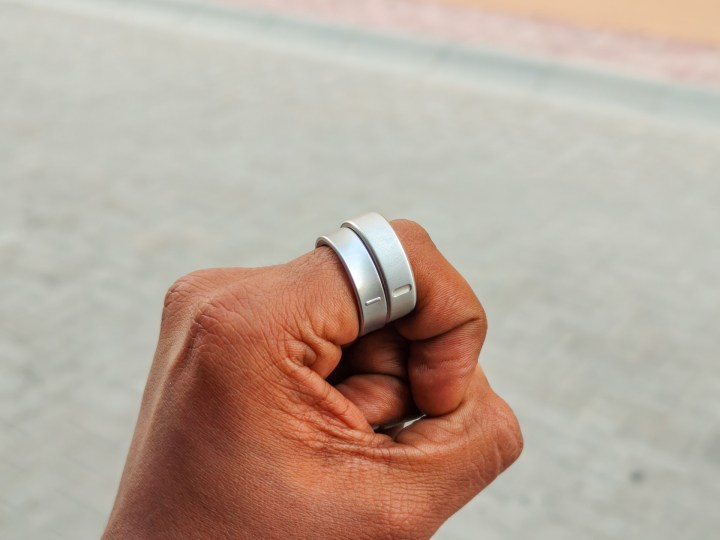 Samsung Galaxy Ring (left) and Oura Ring 4
Samsung Galaxy Ring (left) and Oura Ring 4
Design and Comfort: A Close Call
The redesigned Oura Ring 4 addresses many comfort issues of its predecessor, making it a close competitor to the Galaxy Ring. While the Oura Ring 4 is slightly thicker and heavier, the difference is minimal in actual wear. Both prioritize a slim profile.
The Oura Ring 4’s durability remains a question, particularly with its various color options. The matte silver finish might hide wear and tear better than previous generations.
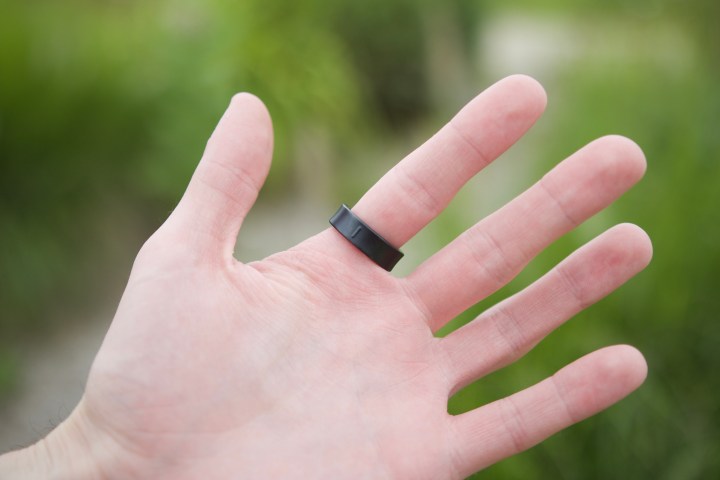 Someone wearing the Samsung Galaxy Ring.
Someone wearing the Samsung Galaxy Ring.
Samsung’s concave design enhances comfort, especially for those with swollen fingers, and minimizes exposed surface area, reducing visible wear. However, it still has small internal sensor bumps, unlike Oura’s smooth integrated sensor. This round is a tie, a significant improvement for Oura compared to previous comparisons.
Health Tracking: Oura Ring 4 Takes the Lead
The Oura Ring 4 offers a comprehensive suite of health and workout tracking features, surpassing the Galaxy Ring’s more limited set.
The Galaxy Ring automatically tracks select workouts and syncs data to your phone. It’s convenient for casual users but lacks advanced metrics. Its limited workout tracking and absence of a gyroscope or GPS impact accuracy for activities like running.
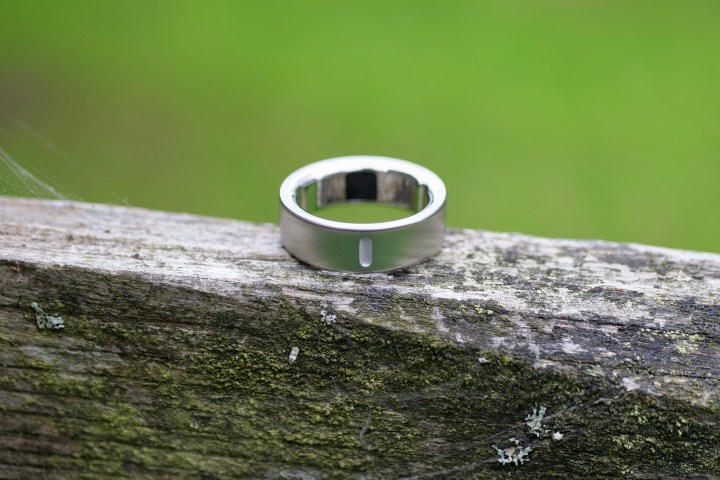 The notch on the Oura Ring 4.
The notch on the Oura Ring 4.
Oura’s enhanced neural pathways improve data accuracy, especially for heart and health metrics. The redesigned app simplifies data analysis. While both rings track blood oxygen, dedicated pulse oximeters remain more accurate.
Battery Life and Convenience: Samsung Wins
The Galaxy Ring boasts superior battery life, lasting up to nine days on a single charge. Its portable charging case provides two additional charges, totaling approximately 24 days of use—ideal for extended trips.
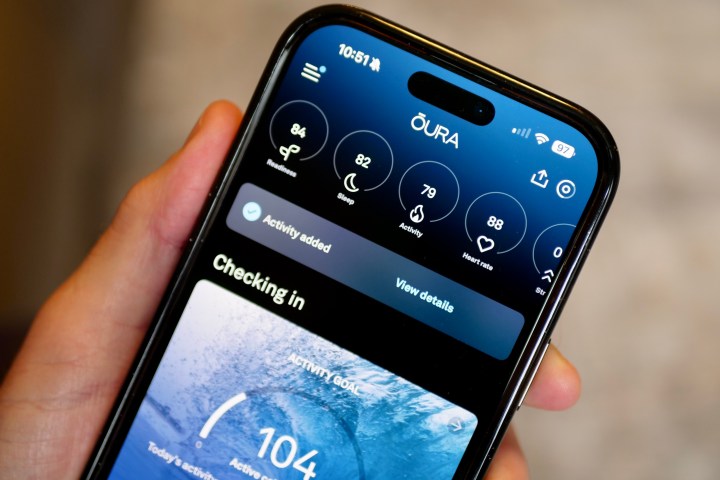 The Circles feature in the Oura app.
The Circles feature in the Oura app.
The Oura Ring 4 lasts around seven days and lacks a portable charger, requiring users to carry the charging puck separately. This is a significant disadvantage compared to the Galaxy Ring and even the RingConn Gen 2, which offers extended battery life and a carrying case.
Compatibility and Cost: Different Approaches
The Samsung Galaxy Ring offers excellent value with a one-time purchase and no subscription fees. However, it’s only compatible with Android devices.
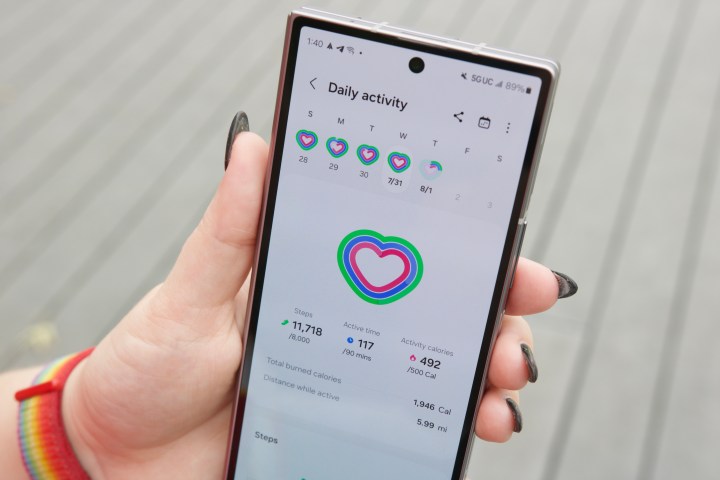 Activity tracking from the Galaxy Ring in the Samsung Health app.
Activity tracking from the Galaxy Ring in the Samsung Health app.
The Oura Ring 4 requires a membership ($6 monthly or $70 annually) to unlock all features. It’s compatible with both Android and iOS, a significant advantage.
The Verdict: Which Ring to Choose?
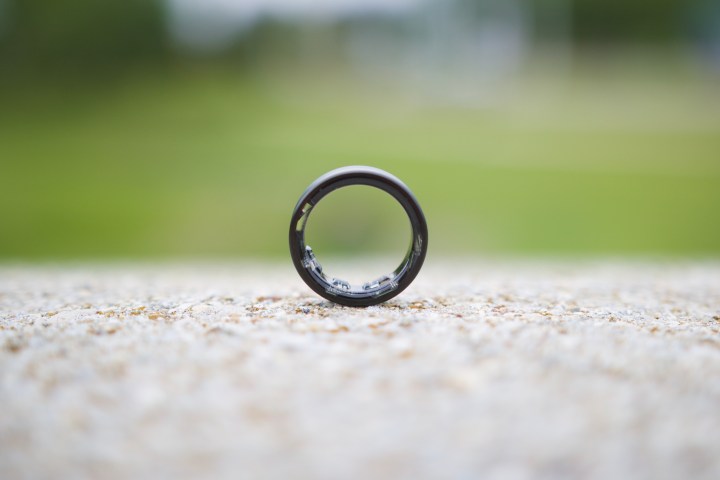 The Samsung Galaxy Ring.
The Samsung Galaxy Ring.
The Galaxy Ring suits Android users seeking a cost-effective, convenient option, especially those within the Galaxy ecosystem. The Oura Ring 4 caters to iPhone users and those prioritizing comprehensive health data.
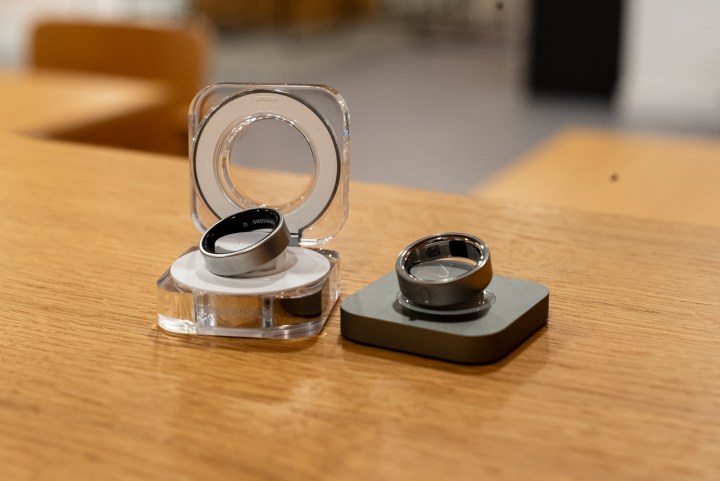 Galaxy Ring charger (left) next to the Oura Ring charger (right).
Galaxy Ring charger (left) next to the Oura Ring charger (right).
Ultimately, the best choice depends on individual needs and priorities. Both offer impressive tracking capabilities, but the Oura Ring 4 provides more detailed health insights while the Galaxy Ring offers superior convenience and value.
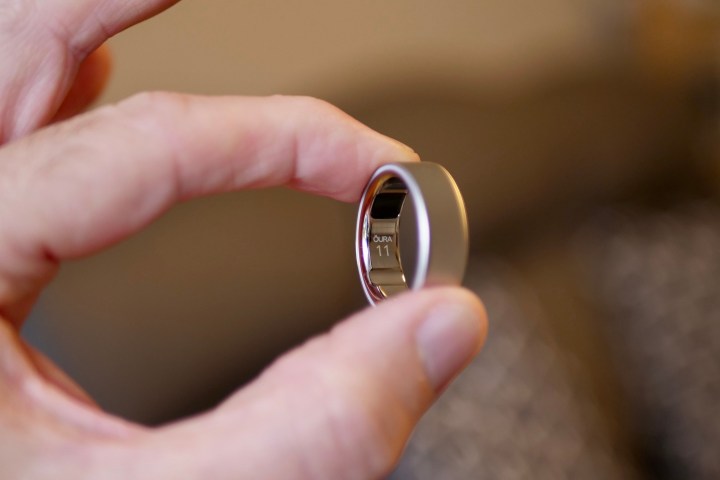 A person holding the Oura Ring 4.
A person holding the Oura Ring 4.
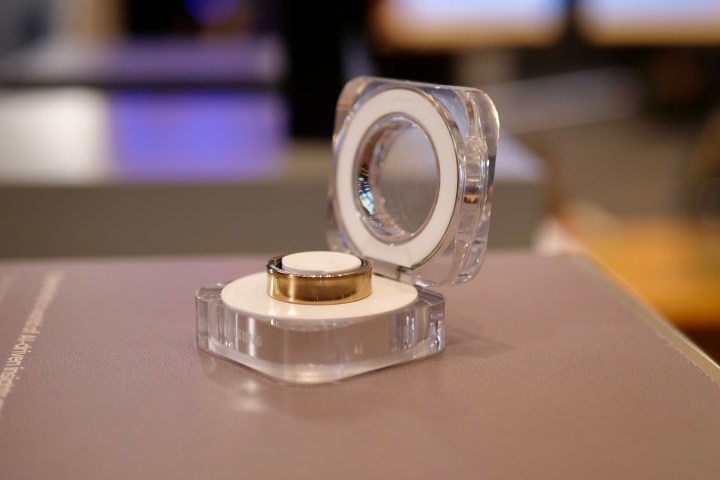 The Samsung Galaxy Ring in its charging case.
The Samsung Galaxy Ring in its charging case.
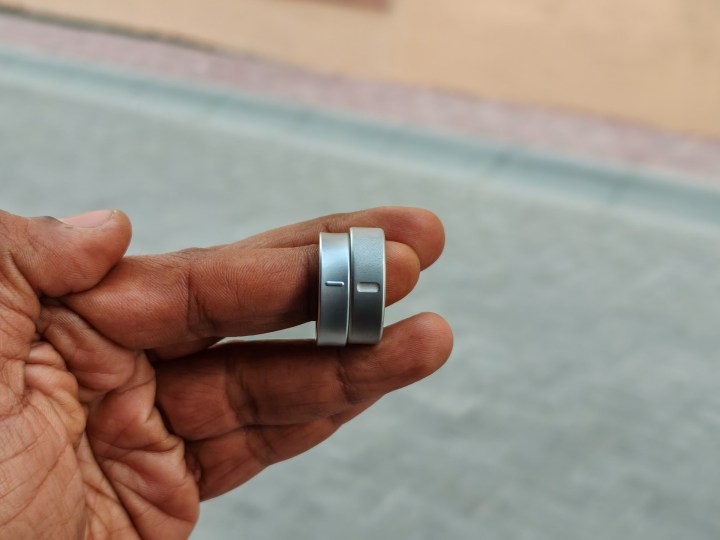 Oura Ring 4 and Galaxy Ring on a finger.
Oura Ring 4 and Galaxy Ring on a finger.



